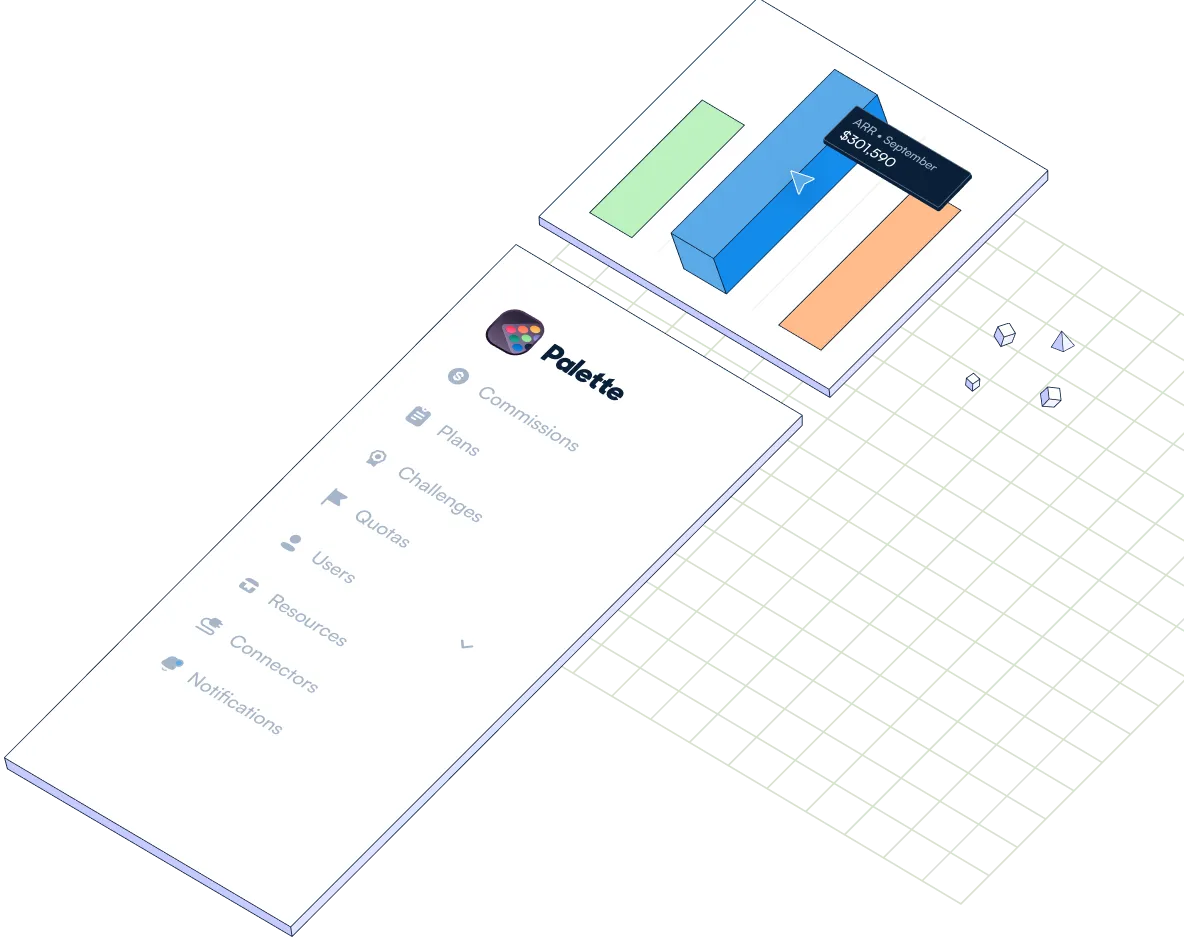Efficiency in Financial Management
Efficiency in financial management refers to the ability of a company or organization to utilize its financial resources effectively to maximize output or results while minimizing costs and waste. It involves the optimization of financial processes, systems, and resources to achieve the desired goals and objectives.
The Role of Software in Financial Management
Software plays a crucial role in enhancing financial management efficiency in several ways:
Automation of Financial Processes: Financial management software automates various tasks and processes, such as bookkeeping, accounting, invoicing, and financial reporting. This automation reduces manual effort, minimizes errors, and increases the speed and accuracy of financial operations.
Real-Time Financial Data: Financial management software enables the collection, processing, and analysis of real-time financial data. This provides managers, finance leadership, and decision-makers with up-to-date information on cash flow, revenues, expenses, and other key financial metrics. Access to real-time data allows for more informed decision-making and timely adjustments to financial strategies.
Streamlined Financial Reporting: Software tools streamline the financial reporting process by automating report generation and consolidation. Financial reports, including balance sheets, income statements, and cash flow statements, can be generated quickly and accurately, reducing the time and effort required for manual report preparation.
Enhanced Financial Planning and Budgeting: Financial management software provides tools for budgeting, forecasting, and scenario analysis. These tools enable organizations to create comprehensive financial plans, set realistic budgets, and evaluate the financial impact of different scenarios. This enhances the efficiency of financial planning processes and improves the accuracy of budgeting and forecasting.
Improved Cash Flow Management: Software applications assist in managing cash flow by automating accounts payable and accounts receivable processes. They can generate invoices, track payments, send reminders for overdue payments, and provide real-time visibility into cash inflows and outflows. Effective cash flow management ensures that sufficient funds are available for operational needs and helps optimize working capital.
Risk Management and Compliance: Financial management software often incorporates features that assist in risk management and compliance with financial regulations. These tools help monitor and analyze financial transactions, detect anomalies or suspicious activities, and ensure adherence to regulatory requirements. This promotes transparency, reduces the risk of financial fraud, and facilitates compliance with legal and industry standards.
Overall, financial management software enhances efficiency by streamlining processes, providing real-time data, improving decision-making, and enabling effective financial planning and control. It empowers organizations to optimize financial resources, minimize costs, and achieve greater accuracy and productivity in financial management tasks.
Disadvantages of Financial Management Software
However, while software can greatly enhance financial management efficiency, there are some common roadblocks that organizations may encounter when implementing and using financial management software. Here are some of the most common roadblocks that we’ve come across, along with recommendations on how to mitigate each of these and improve financial efficiency at your company.
1. Resistance to Change: Implementing new software often requires changes in processes, workflows, and user habits. Resistance to change from employees can hinder the adoption and effective utilization of the software. Addressing this resistance through proper change management, training, and communication is crucial. At a minimum, follow these best practices:
- Involve stakeholders from the beginning: allow stakeholders and those whose teams are impacted to be a part of the planning process from the beginning. Having more voices heard can help create more buy-in and get various teams excited about the benefits this change can bring.
- Communicate the benefits: Clearly communicate the reasons for implementing the software and the benefits it brings to the organization and individuals.
- Provide training and support: Offer comprehensive training programs and ongoing support to help employees become comfortable with the software and understand its value. Clear documentation is crucial.
- Emphasize the positive impact: The work isn’t done after implementation. Highlight success stories and positive outcomes achieved through the use of the software, and help employees continue to maximize the benefits of new software on an ongoing basis.
2. Integration Challenges: Integrating financial management software with existing systems, such as ERP or legacy systems, can be complex. Data migration, ensuring data consistency, and achieving seamless integration across different platforms can present technical challenges that need to be overcome.
- Thoroughly assess integration requirements: Conduct a comprehensive analysis of the existing systems and their integration needs before implementing the software.
- Engage IT experts: Involve IT professionals with expertise in system integration to ensure a smooth and efficient integration process. Ensure that teams downstream are consulted and that there are contingency plans for unexpected impacts or outcomes.
- Conduct testing and validation: Perform thorough testing and validation of the integrated systems to ensure data accuracy and system functionality. Ensuring adequate time for testing is often overlooked and is crucial to effective testing. Testing is another area where automation can help reduce workload.
3. Poor Data Quality: The effectiveness of financial management software depends on the quality and accuracy of the underlying data. Inadequate data quality, including incomplete or inconsistent data, can undermine the software's performance and the reliability of financial analysis and reporting. It is essential to establish data governance processes and perform regular data quality checks. Without good data hygiene, financial automation can be limited in how much it can help an organization; fixing the fundamentals first is imperative.
- Establish data governance processes: Implement robust data governance processes to ensure data consistency, accuracy, and completeness.
- Perform data quality checks: Regularly monitor and review the quality of the data, identify and address data issues promptly, and establish data cleansing procedures if necessary.
- Provide data training: Educate employees on the importance of data quality and provide training on data entry, validation, and management.
4. Customization and Configuration Complexity: Some financial management software may require customization or configuration to align with the organization's specific needs. This process can be complex, requiring technical expertise and thorough understanding of the software's capabilities. Over-customization or improper configuration can lead to inefficiencies and maintenance challenges. However, customization can often unlock the most power and efficiency from many financial automation solutions. To ensure the right balance is met, consider the following recommendations:
- Assess financial management software customization needs: Carefully evaluate the organization's specific requirements and determine the extent of customization or configuration necessary to align with those needs.
- Engage software vendors or consultants: Seek assistance from software vendors or consultants with expertise in customization and configuration to ensure optimal setup and alignment with business processes.
- Balance customization with best practices: Avoid excessive customization that can complicate the software implementation and increase long-term maintenance costs. Seek a balance between meeting specific needs and leveraging industry best practices.
5. Training and Skill Gaps: Adequate training and upskilling of employees are essential for efficient financial management software utilization. Lack of training or skill gaps in using the software's features and functionalities can limit its benefits. Investing in comprehensive training programs and providing ongoing support can help overcome this roadblock.
- Comprehensive training programs: Develop and implement comprehensive training programs tailored to the specific software and user roles within the organization.
- Ongoing support and resources: Provide ongoing support and resources such as user manuals, video tutorials, and FAQs to address skill gaps and ensure continuous learning.
- Encourage knowledge sharing: Foster a culture of knowledge sharing and peer support, where employees can learn from each other's experiences and expertise.
6. Security and Data Privacy Concerns: Financial management software deals with sensitive financial data, and ensuring robust security measures and data privacy compliance is crucial. Organizations need to address concerns related to data breaches, unauthorized access, and compliance with relevant regulations to maintain data integrity and protect against cybersecurity threats.
- Implement robust security measures: Work with IT professionals to establish robust security measures, including data encryption, access controls, regular backups, and cybersecurity protocols.
- Compliance with regulations: Ensure compliance with relevant data protection and privacy regulations, such as GDPR or CCPA, to safeguard customer and financial data.
- Employee awareness and training: Educate employees about the importance of data security and privacy, and provide training on security best practices, such as password management and data handling procedures.
7. Cost Considerations: While financial management software can improve efficiency, there are costs associated with acquiring, implementing, and maintaining the software. Organizations need to carefully evaluate the costs versus benefits and ensure proper budgeting and resource allocation to support the software implementation and ongoing maintenance.
- Cost-benefit analysis: Conduct a thorough cost-benefit analysis to assess the financial impact and return on investment (ROI) of implementing the software.
- Budgeting and resource allocation: Properly budget for software acquisition, implementation, training, and ongoing maintenance costs.
- Explore cost-effective options: Consider cloud-based software solutions or Software as a Service (SaaS) models that offer subscription-based pricing and reduce upfront infrastructure costs.
8. User Experience and Usability: Poor user experience, complex interfaces, or unintuitive workflows can hinder user adoption and efficiency gains. It is important to select software that offers a user-friendly interface and intuitive navigation, and to actively seek user feedback for continuous improvement.
- User-centric design: Prioritize software solutions with user-friendly interfaces and intuitive workflows that minimize the learning curve.
- Conduct user testing: Involve end-users in the testing phase to gather feedback and identify areas for improvement in terms of usability and user experience.
- Continuous improvement: Regularly solicit user feedback and actively seek opportunities to enhance the software's usability through updates and refinements.
Addressing these roadblocks requires careful planning, effective change management, training, and ongoing monitoring and support. Organizations should prioritize understanding their specific needs, selecting the right software solution, and implementing it in a manner that aligns with their goals and resources.
Why Palette?
Automate calculations
Automate sales commission payments. Create commission rules, define a payout schedule and access monthly statements for each sales rep.
Motivate and coach with real time dashboards
Motivate sales professionals with real-time visibility into commissions. Coach your team, align everybody with company goals and drive long term sales performance.
Compare, simulate and design commission plans
Roll out new commission plans with ease. Compare plans and simulate new rules with a single click.
No more errors
Palette keeps history logs and tracks every calculation detail, helping you to reduce sales commission errors.
Reconcile revenue with CRM data
With Palette you can reconcile invoices and payments with CRM data and pay commissions to your reps only when the money is in the bank.
Create challenges with one click
Incentivize your teams on short term goals. Create a challenge targeting any KPI you want to uplift, drive better results and boost your company’s culture.

Loved by teams and companies you know

















Ready to try
Palette?
